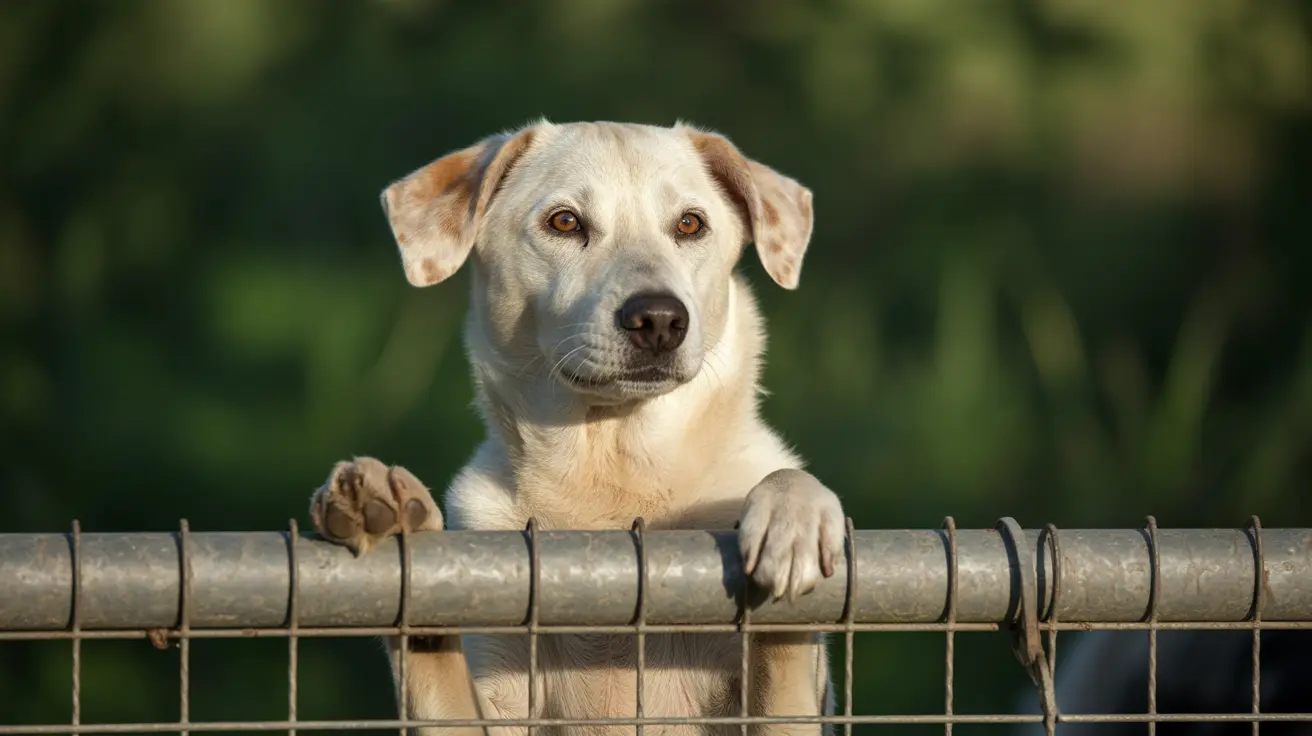Why the Vizsla Is the #1 Most Cuddly Dog
When it comes to choosing a dog breed that offers not just companionship but also boundless affection, the Vizsla ranks at the top. Known for their gentle personality and constant need for closeness, Vizslas are often dubbed "Velcro dogs". This term reflects their tendency to stick close to their humans, craving physical affection and emotional connection. In this article, we explore why the Vizsla is widely regarded as the most cuddly dog breed.
Origins and History
The Vizsla boasts a long and distinguished lineage. Developed centuries ago by Magyar warriors in Hungary, this breed was designed to be a versatile hunting companion. Their name means "pointer" in Hungarian, highlighting their agility and skill in the field. However, their purpose wasn't solely utilitarian. From the start, Vizslas were both loyal hunters and cherished family members.
Surviving through wars and near extinction, the breed was faithfully preserved by passionate breeders. In 1960, the American Kennel Club (AKC) formally recognized the Vizsla, and since then, their popularity has grown significantly in the United States and the United Kingdom.
Physical Traits
- Size: Males are 22–24 inches tall and weigh 55–60 pounds; females are 21–23 inches and weigh 44–55 pounds.
- Coat: Their striking, short, golden-rust or red-golden coat is sleek and requires minimal grooming.
- Ears: Long, silky ears complement their lean yet muscular frame.
Temperament and Affection
One of the Vizsla’s most defining characteristics is its affectionate temperament. These dogs are intensely loyal and form deep emotional bonds with their humans. They're not content just being in the same room—they prefer close, physical contact, often climbing into laps or snuggling under blankets.
This cuddly trait earns them the nickname "Velcro dogs". Vizslas aren’t just affectionate—they require affection. Extended periods of isolation can lead to separation anxiety and behavioral issues.
Energy and Exercise Needs
While Vizslas are cuddly, they are also high-energy dogs that require substantial daily exercise. Their ideal home is one with an active individual or family who can engage them in:
- Running
- Swimming
- Agility training
- Hiking
- Interactive games
Without this level of activity, they risk becoming bored—which can lead to destructive behavior.
Training and Socialization
Vizslas are intelligent and eager to please, but they do best with positive reinforcement techniques. Harsh training methods can cause anxiety or withdrawal. Early socialization and consistent training help manage their prey instincts and channel their energy positively.
They thrive in activities that stimulate them mentally and physically, such as:
- Obedience classes
- Agility and rally competitions
- Dock diving
- Scent and hunting tests
- Barn hunts
Best Living Environment
Vizslas are not ideal for households with very young children or for those looking for a low-energy, independent pet. Instead, they thrive in environments where they are considered part of the family and included in daily life and activities. They generally get along with older children and other pets.
Grooming and Maintenance
Vizslas have minimal grooming needs thanks to their short, sleek coats. However, they do shed year-round. Here are key grooming considerations:
- Brush weekly to manage shedding
- Bathe occasionally
- Regular nail trimming and dental care
Due to their lack of an insulating undercoat, Vizslas aren’t suited for cold weather. They may need protective clothing for outdoor activities in winter months.
Health and Diet
Generally a healthy breed, Vizslas can be prone to certain hereditary conditions. These may include:
- Hip dysplasia
- Epilepsy
- Eye disorders like progressive retinal atrophy
- Hypothyroidism
- Skin allergies and cancers
- Urinary conditions such as hyperuricosuria
Responsible breeding and health screenings are crucial. Diet also plays an important role. A high-quality, balanced diet suited to their activity level helps maintain optimal health. Owners should monitor for signs of obesity and consider using slow-feeder bowls to prevent bloat.
Why Vizslas Are the Ultimate Cuddlers
More than just hunting dogs or athletes, Vizslas are innately affectionate. Their need to bond deeply with humans makes them exceptional family companions. They seek physical closeness, follow their owners from room to room, and often refuse to leave your side—even crawling into your arms for naps.
If you're looking for a cuddly, loyal, active dog capable of both adventure and affection, the Vizsla may be your perfect match.





